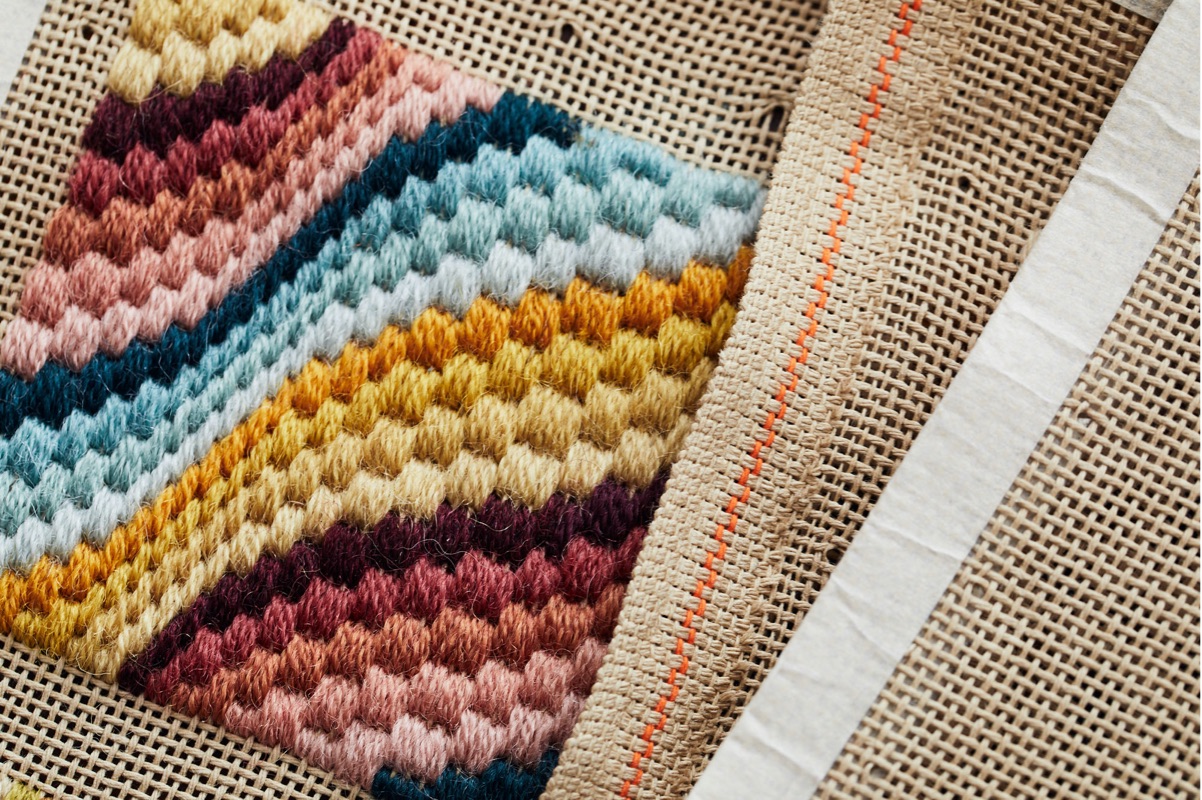About Needlepoint
Embroidery is one of the oldest art forms. People all over the world have been creating and embellishing textiles for thousands of years. Needlepoint is one such tradition.
Defined as counted thread embroidery on a canvas foundation that is entirely covered in stitches, needlepoint’s origins date back to the Middle Ages.
Maybe you’ve seen historic examples of needlepoint as an art form in the beautiful Elizabethan table coverings at the Victoria & Albert Museum, or in undulating Medici-era chair coverings in Florence’s Bargello Palace.
Boodlah aims to celebrate this historic fine art with handwork by master stitchers in India, where the tradition of textile creation and embellishment is centuries-long; with imagery inspired from around the globe; and contemporary color and design.
Needlepoint: A Brief History
*Needlepoint rose in popularity throughout Europe in the 16th century as the invention of the steel needle allowed woven tapestry-like pieces to be created by hand. Professional craftsman and artists worked silk and wool threads into canvas based textiles which could not be produced by a weaving loom.
*In Britain during the Elizabethan period canvas work was widely used for upholstery. One very beautiful example is the Bradford Table Carpet found in the Victoria and Albert Museum, produced in silk using the basic diagonal needlepoint stitch – Basketweave, Continental or Tent stitch.
*In Italy embroidery was closely allied to the fine arts. Decorative language was drawn from the deep wells of Italy’s past. A straight vertical stitch emerged – variously called Bargello, Florentine or Hungarian. Origins of this style remain uncertain. One theory suggests it was brought to Florence by a Hungarian princess who married a member of the Medici family. Early examples of Bargello have been found in Germany, France, Italy, England, Hungary and other Northern European countries.
*In 1561, Queen Elizabeth granted the first charter to the Broderer’s Company, one of London’s Livery Companies. Broderer’s Company, a descendant of the Medieval guild of embroiderers, was formed to promote and protect the art of embroidery.
*In the mid-1600s France’s Louis XIV kept an embroider’s atelier adjoining those of the weavers of Gobelin. His designers were court artists.

